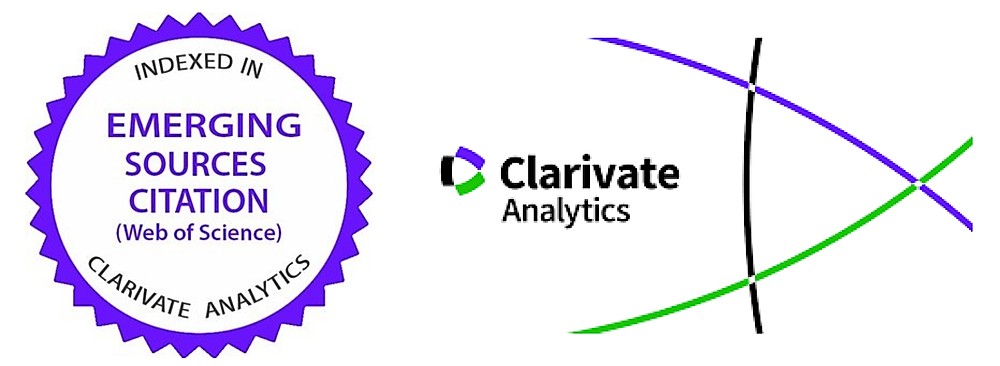The Dynamics of Extreme Poverty in Developing Countries
Abstract
This paper aims to analyses the trends and dynamics of extreme poverty in developing countries. The study attempts to answer one critical question: has the world achieved its number one Millennium Development Goal (MDG) target of reducing extreme poverty by half by 2015? The methodology used in this study mainly involves a descriptive data analysis during the period 1981-2015. The study used the World Bank‟s US$1.90 a day line (popularly known as $1 a day line) in 2011 prices to measure the level of absolute poverty. In order to analyze the dynamics of poverty across different regions, the study grouped countries into five regions: i) sub-Saharan Africa; ii) East Asia and the Pacific; iii) South Asia; iv) Europe and Central Asia; and v) Latin America and the Caribbean. The study found that in 1990, there were around 1.9 billion people living below US$1.90 a day (constituting 36.9 percent of the world population) and this number is estimated to have reduced to around 700 million people in 2015, with an estimated global poverty rate of 9.6 percent. The world met the MDG target in 2010, which is five years ahead of schedule. However, extreme poverty is becoming increasingly concentrated in sub-Saharan Africa (SSA) and South Asia (SA), where its depth and breadth remain a challenge. SSA remains the poorest region, with more than 35 percent of its citizens living on less than US$1.90 a day. Half of the world‟s extremely poor people now live in SSA, and it is the only region which has not met its MDG target.



























